I love Italian handguns. When I say that, you likely picture a Beretta, probably the 92FS.
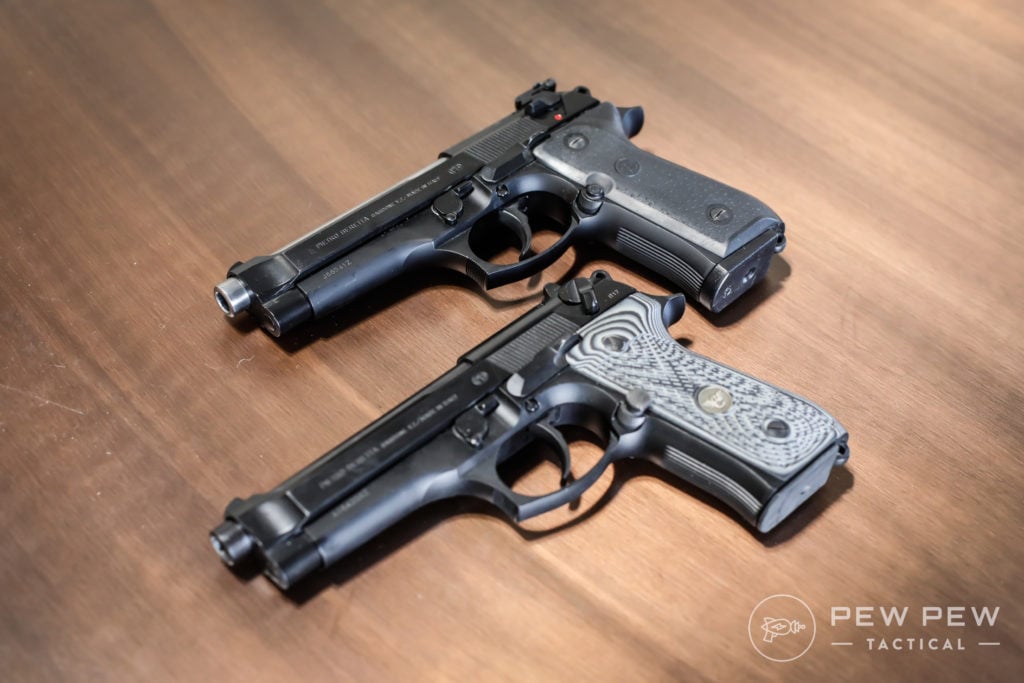
While I do love that gun, and numerous others, today we are talking about a little-known handgun from another Italian company — the Benelli B76.
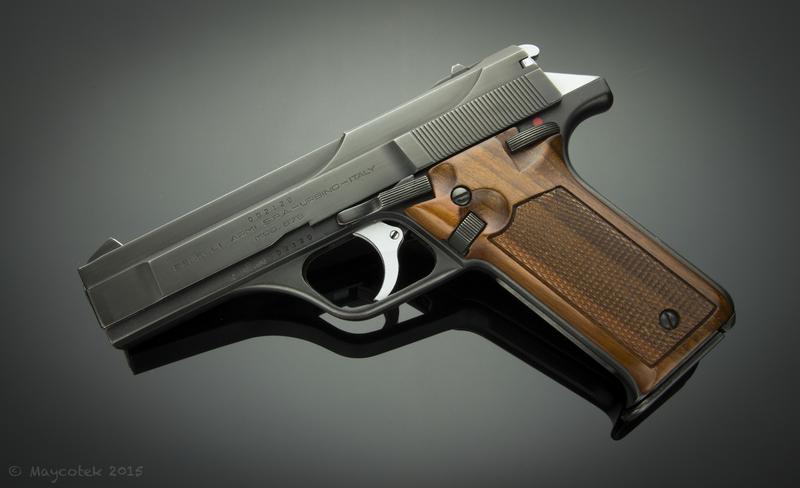
Beretta owns Benelli now, but in 1976 they were still independent.
During that time, they produced and designed one of the most interesting handguns I’ve ever seen. If you asked me why I couldn’t give you a direct answer.

Table of Contents
Loading…
A Bit Different
It didn’t seem like they were trying to win military or police contracts, and the engineering behind the gun makes me want to say someone was showing off.
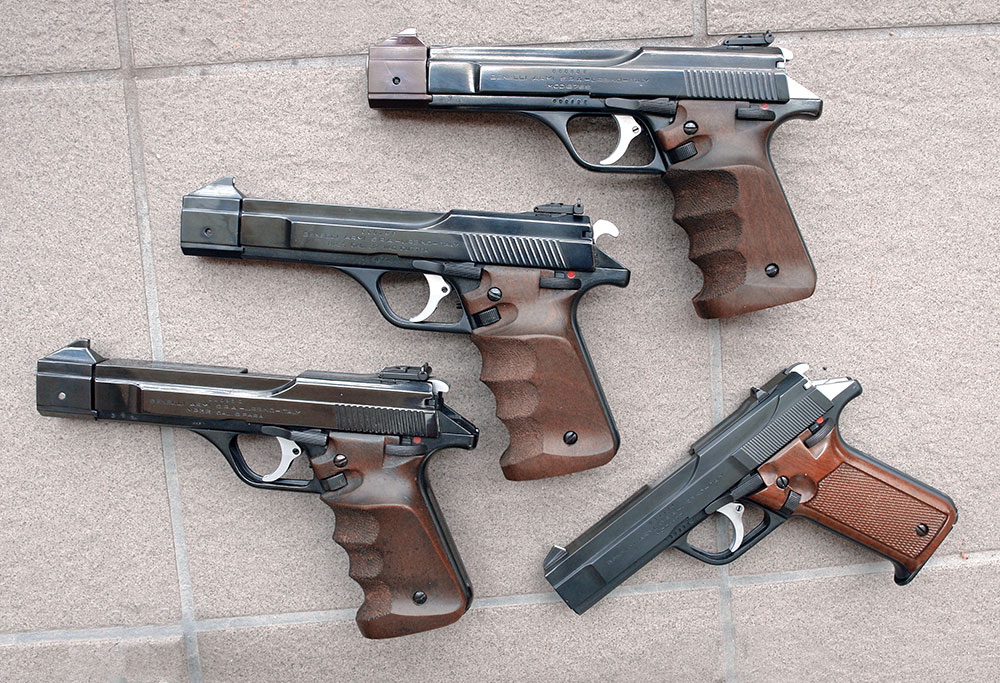
The Benelli B76 isn’t traditional in any sense of the word. Rather it uses what’s best described as an inertia-delayed blowback system.
Inertia and Benelli go hand in hand. They revolutionized the market with their inertia-driven shotguns, so why not expand that to a pistol?
I’ve been reading the original manual, numerous websites, Gun Digest, and American Rifleman PDFs from the late 70s and early 80s, and I think I figured out how the gun works.
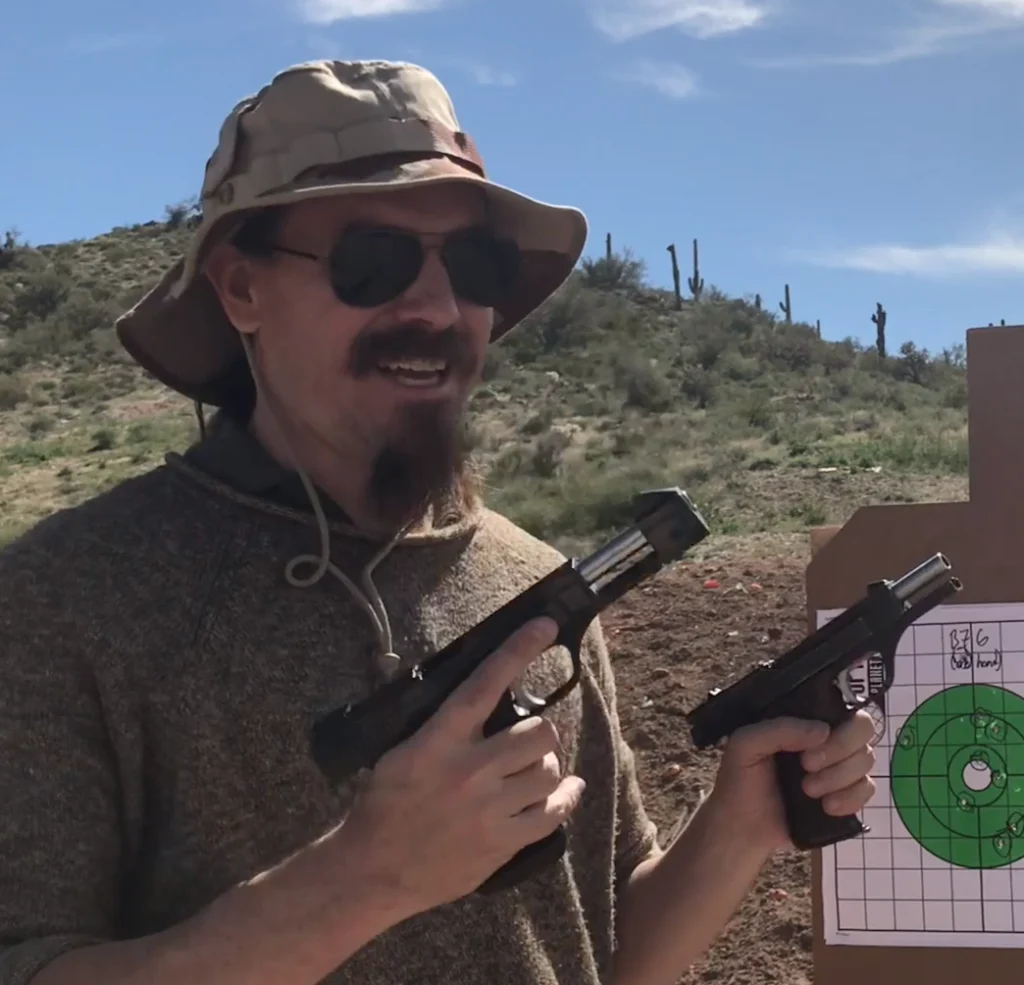
I have to give Ian at Forgotten Weapons a lot of credit as well.
He had a handgun in clear HD video to explain the process, which unlocked something in my brain. Let me try and explain it the best way I possibly can.
Inertia-Driven
When an automatic handgun fires, designers have to use some form of locked breech design or a blowback-operated gun with a spring heavy enough to reduce the velocity of the slide moving rearward to safe levels.
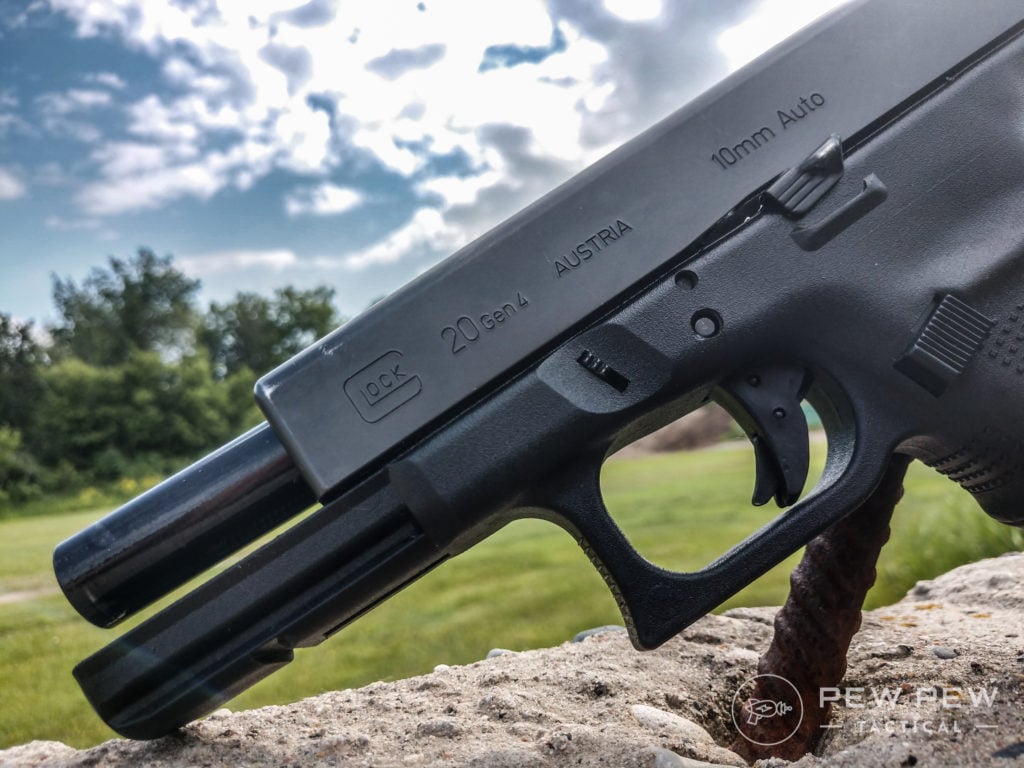
Blowback can be troublesome with calibers above .380 ACP due to the higher pressures. However, blowback allows for a fixed barrel which can aid in accuracy, albeit at the cost of increased recoil.
Most companies use some form of short recoil to create a locked breech, typically with a tilting barrel. You want the breech to remain locked until the pressure drops to a safe level to cycle and the bullet has left the barrel.
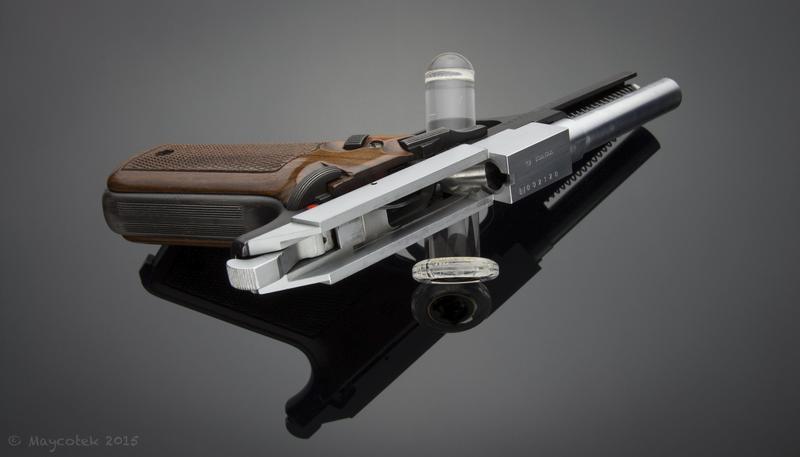
Using an inertia-delayed system is another way to achieve this.
First, you have to understand that the B76 doesn’t utilize a traditional slide design. The slide is just that, the slide.
The bolt, firing pin, barrel, and recoil spring are all left on the frame when you remove the slide. Inside, the bolt sits in a locking recess and cannot move until it makes a slight jump out of the recess and onto its rails.
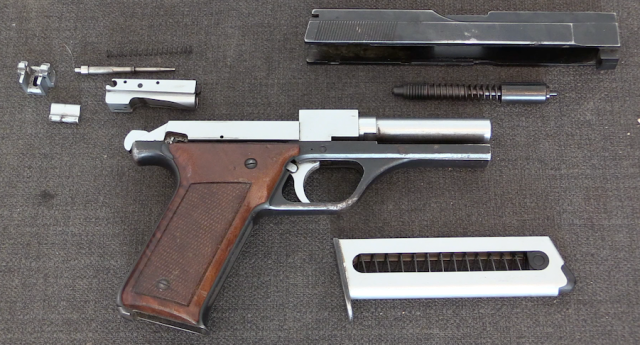
When you fire the gun, there is rearward force created by recoil and by the pressure of the projectile leaving the gun.
The bolt gets hit with this pressure and wants to move, but inertia keeps the slide in place with a little help from the recoil spring.
The rear of the bolt has a little lever, which presses against a locking block. This locks the bolt in place until the pressure overcomes the inertia. By the time this happens, the pressure has dropped to safe enough levels.
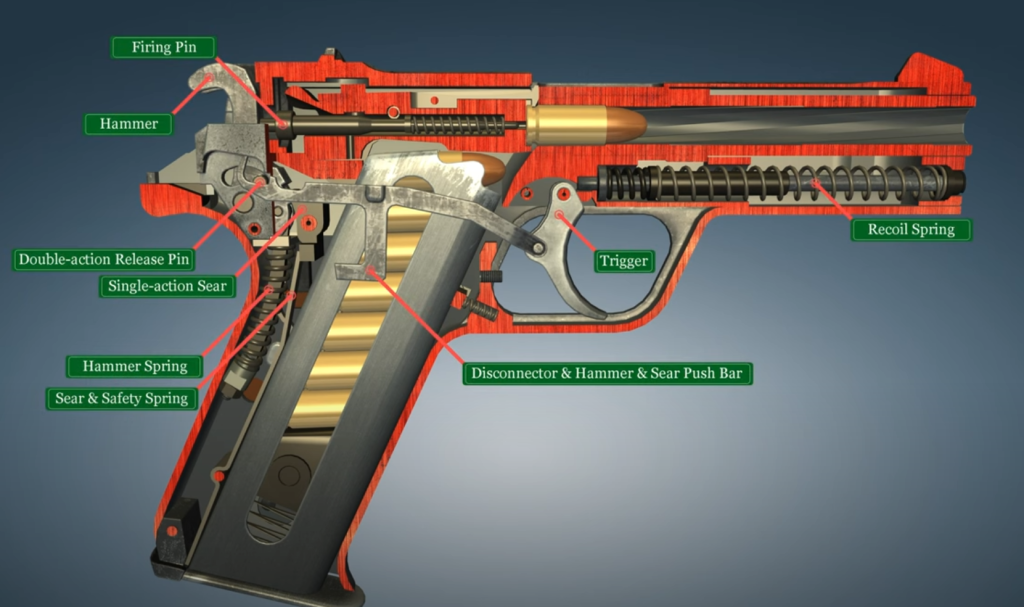
At this point, the bolt moves rearward, and a protrusion on the bolt meets a slot inside the slide and carries the slide rearward with the bolt. This completes your cycle of operations and extracts, ejects, loads, and recocks the weapon.
Everything Else
Apart from the odd operating system, the B76 was a fairly standard gun for the time.
It used a double-action, single-action design and came in numerous calibers and configurations. The standard B76 had a 4.25-inch barrel, and the Sport and Bullseye variants featured 5-inch barrels and available match weights.
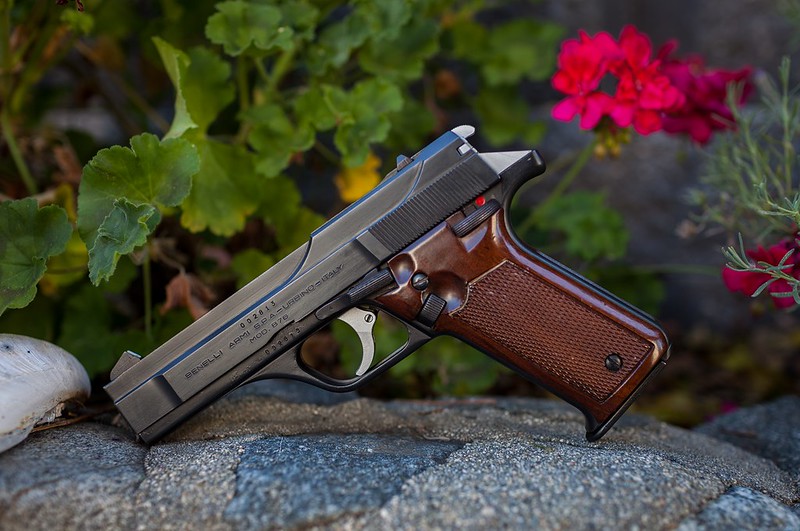
The magazines were single-stack designs, and most held eight rounds. The Bullseye model held five, as was the standard for many bullseye pistols of the era.
These were fascinating guns from a well-respected manufacturer, so why don’t we hear much about them today? Why doesn’t Benelli still make inertia-operated handguns?
Where Did It Go?
The gun was moderately successful. Its fixed barrel proved quite accurate, which lent it more popularity amongst competition shooters. This was reflected in the available Sport and Bullseye models of the gun.
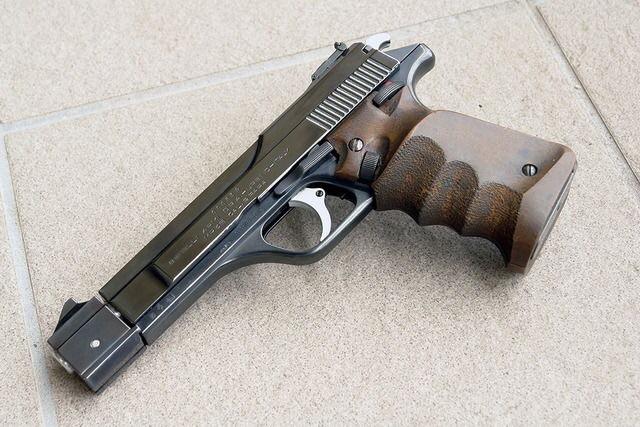
Police and military contracts often help a gun find massive success, and admittedly the B76 didn’t score any of these contracts. The inertia system proved to be too ammo-picky for any widespread adoption.
Inertia shotguns tend to be ammo-sensitive, and the B76 is also best described as similarly finicky. In the gun’s manual, Benelli suggests using ammo with a velocity of at least 1,320 feet per second.
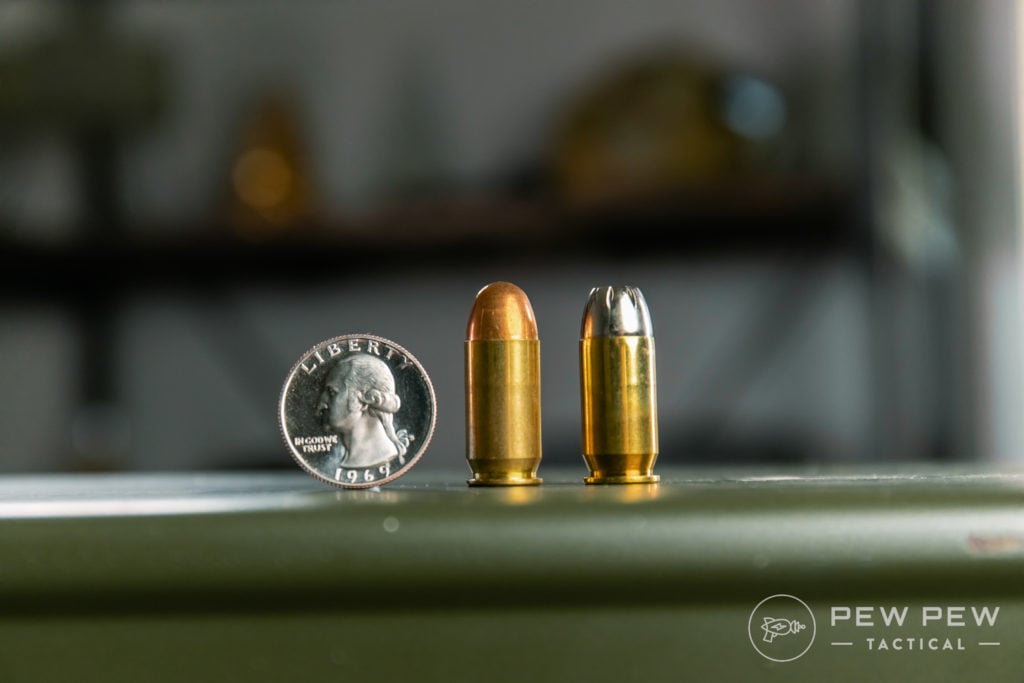
In a review by American Rifleman in 1979, the reviewer states that the gun fed hardball ammunition fine, but soft points and hollow points were unreliable.
Shooters also needed to ensure they had a good, firm, high grip on the gun. If limp-wristed or held too low, it could induce malfunctions. Benelli shotguns require a similar grip and press against the shoulder to function properly.
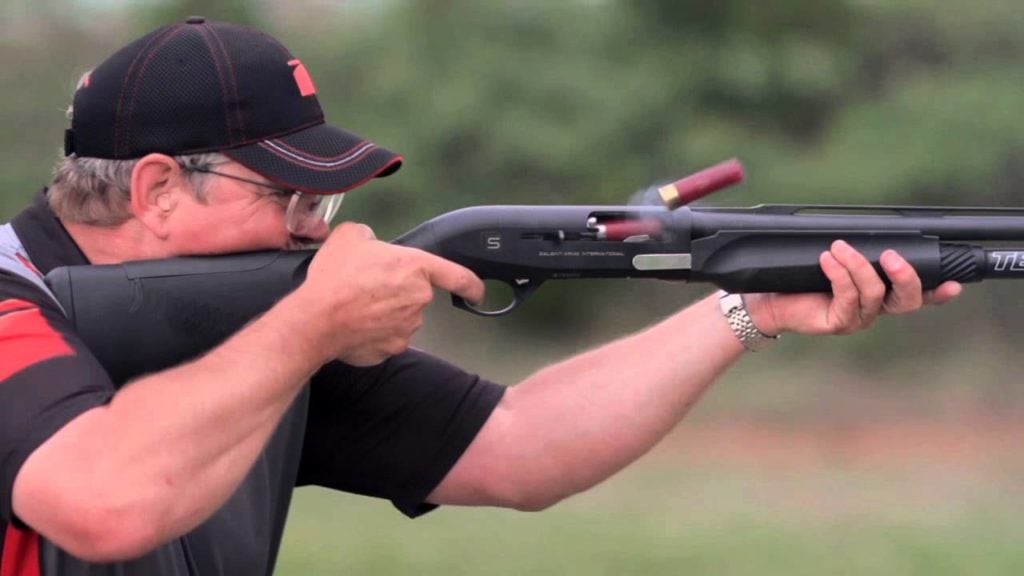
In the end, the inertia delay didn’t offer enough benefits over more conventional operating systems. In fact, it came with some serious disadvantages.
Additionally, the B76 was pretty expensive, retailing for $349.95, according to Gun Digest 1982. When adjusted for inflation, that’s over a grand today.
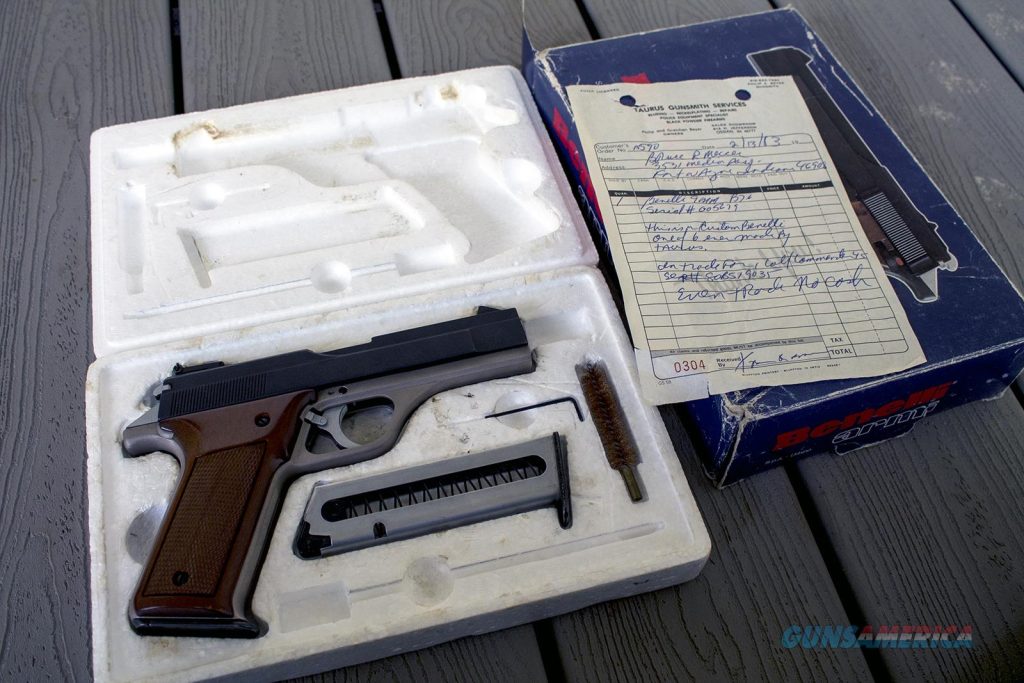
Final Thoughts
Expensive, finicky guns rarely become mainstream. Guns like the H&K P7, Steyr GB, and Laugo Arms Alien are remarkable engineering feats that eventually end up in collections and museums rather than range bangs or holsters.
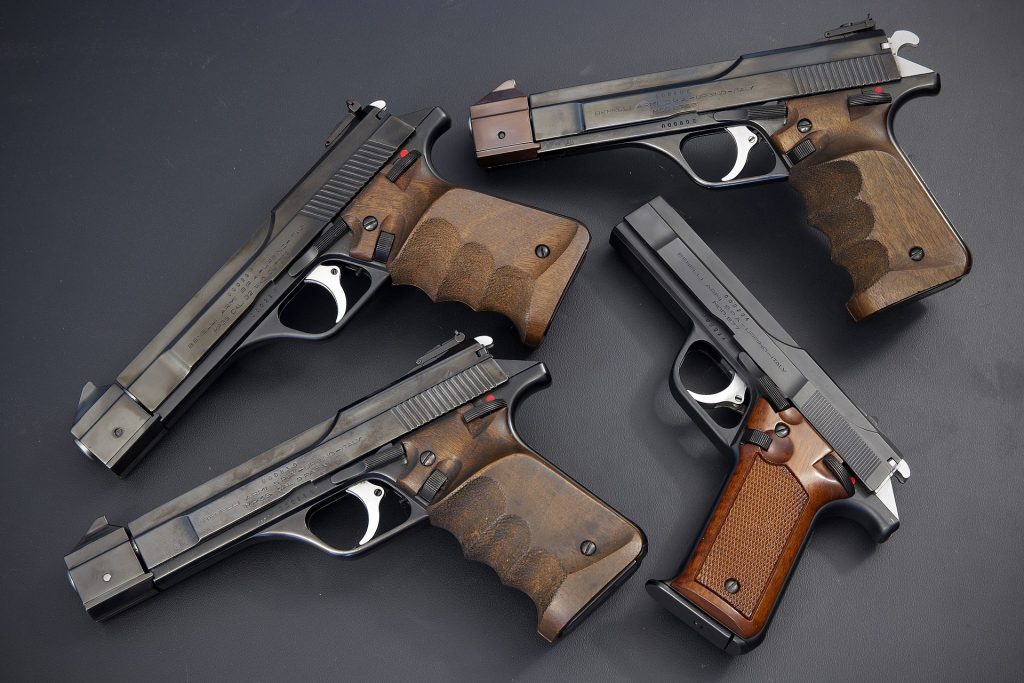
The B76 was dang sure neat with a fascinating and novel operating system. However, it was not enough to guarantee its success, and like so many other interesting firearms, it faded into history.
What are your thoughts on the inertia-driven B76? Share your thoughts below! Interested in other odd operating systems? Check out our article on What Happened to the Remington R51!

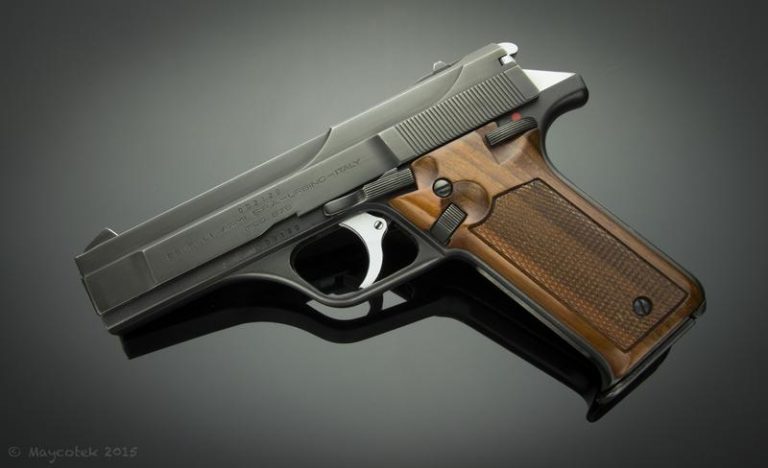







3 Leave a Reply
The Model 786 had the misfortune to come along at the wrong time. It was a beautiful gun, but a single stack that did not reliably feed the newly emerging hollow point bullets of its time. Coincidentally, Germany was looking for a better pistol than the .32s and .380s previously in use and competition among handgun manufacturers had resulted in a number of new designs which could handle hollow points and had high-capacity double-stack magazines. Had Benelli wanted to compete, the hollow point bullet situation could have been remedied easily, among others, S&W did it for the Model 39/59, but redesigning that gorgeously slanted grip for a double-stack magazine would have been awkward. At the time the Benelli came out, I was an NRA bullseye pistol shooter interested in an accurate 9mm for center fire competition and kept track of all the 9mm gun and ammunition tests in the 'Rifleman, and the Benelli was one of two most accurate pistols, but I never got one.
I just inherited one of these a few months ago and couldn't find a whole lot of information on it. Glad to have seen this write up, now I have a better understanding of what I now own. I fired a single round through it to make sure that it functional but didn't want to shoot it more than that until I was able to have it cleaned and checked by my local gun smith.
I had the opportunity to handle a B76, but not to fire it. A friend of my Dad's owned one back in the mid 80's, but I was passing through. It looked and felt like a really well made gun. I wish I'd had the chance to take it to a range, but the Fates had other plans.
You did a fine job of breaking down how the inertia system worked Travis. Ian would be proud.
I generally keep an eye out for unique used guns at the LGS's in my area, but have yet to see another B76 come through. Just as well, as it would be like an original SIG 210, way outside my budget.
Great Article.